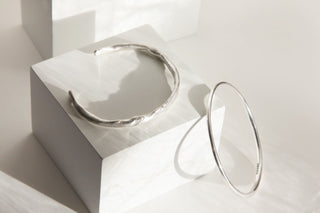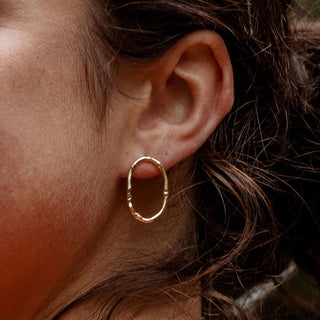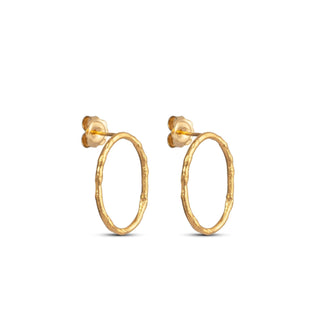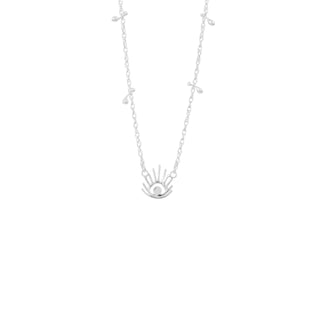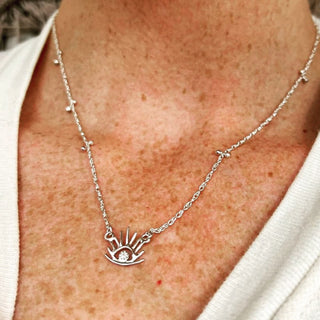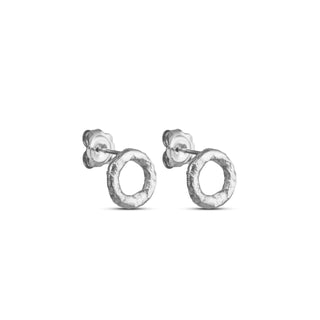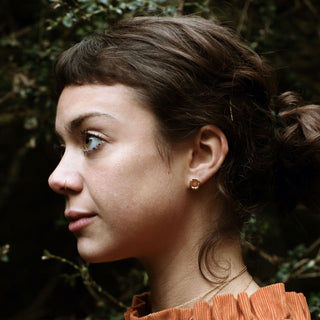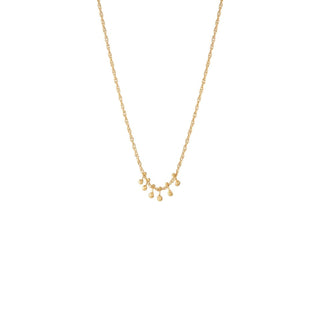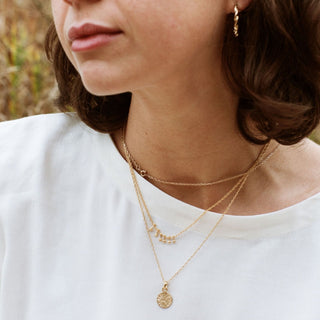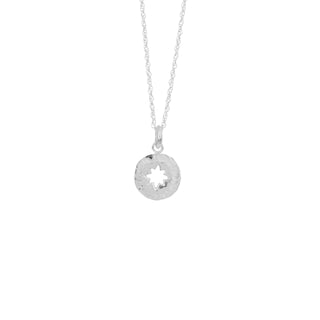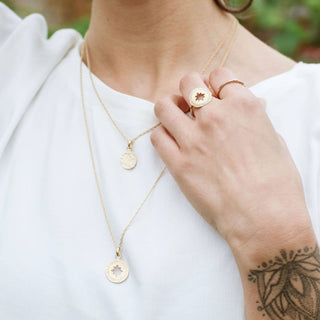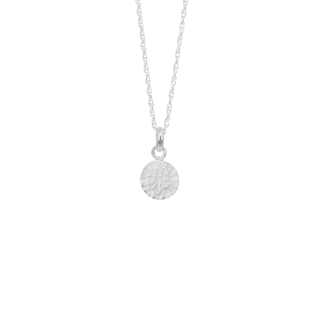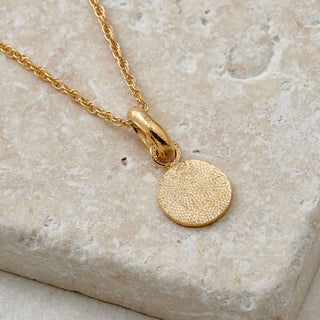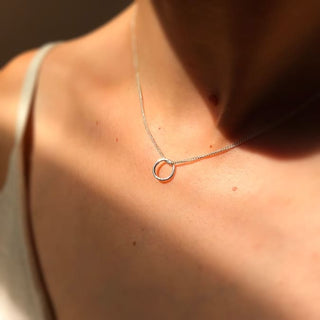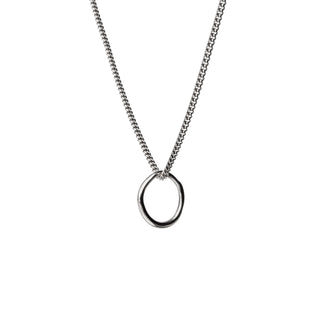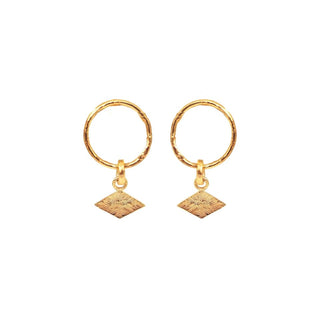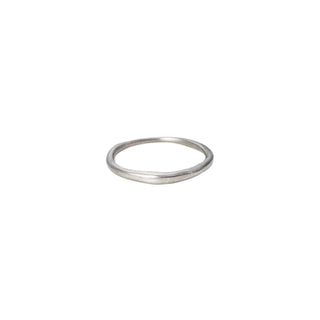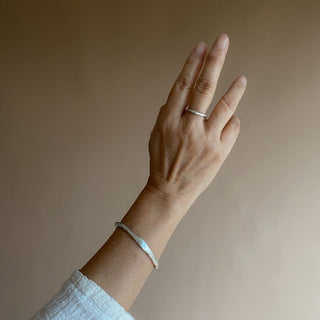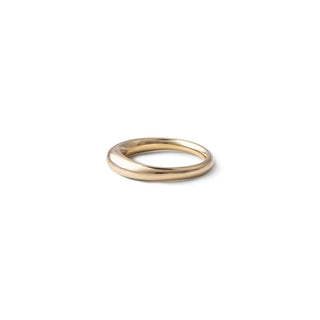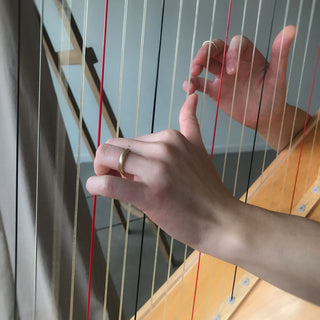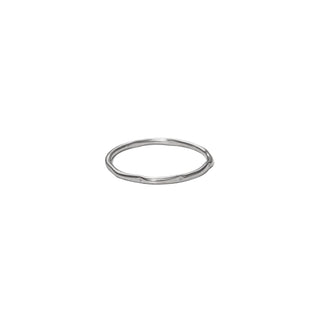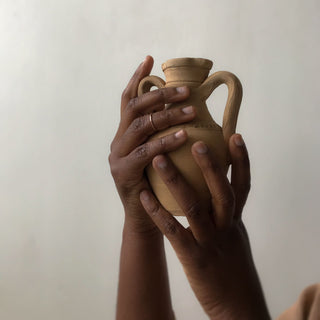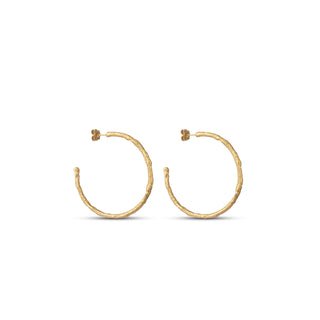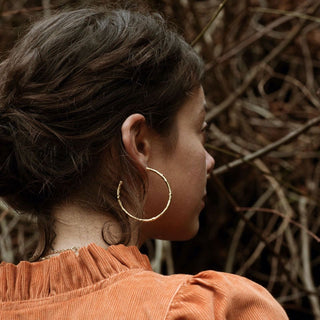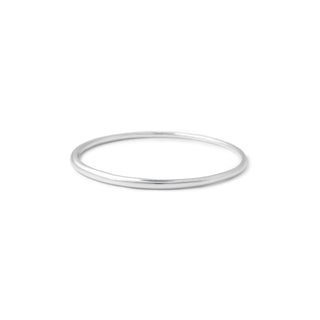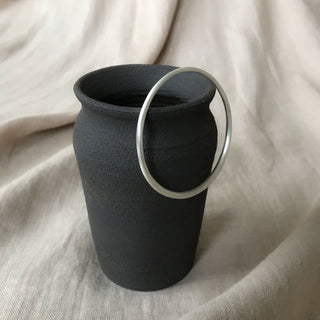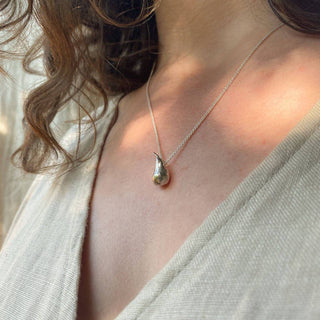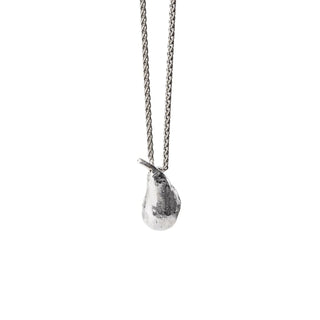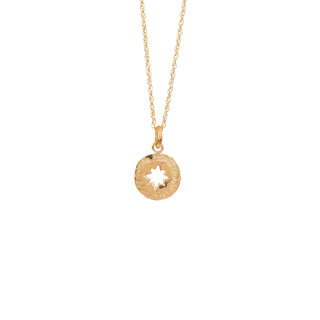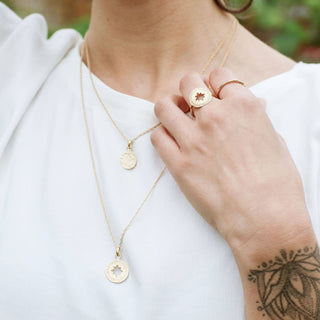This article is by Lauren King, founder of vegan jewellery brand Ara the altar
Individuals are often surprised to learn that most jewellery cannot be considered vegan.
A finished solid 9ct gold band contains only the metal from which it was made. Yet, within a traditional workshop, the processes commonly adopted to create the piece rely heavily on non-vegan practices. Continue reading to read the six reasons why your jewellery may not be vegan.
1. Polishing compounds and pendant motor attachments containing animal derivatives are used to create shine
Polishing compounds are used in the last stages of creating jewellery to clean the piece, remove surface imperfections, and add shine. Traditionally, polishing compounds contain stearic acid, which is made from animal fat. For vegan jewellery, the jeweller swaps out these traditional polishing compounds made from animal derivatives for fully vegan alternatives that are water-based and include no animal fat.
Polishing pendant motor attachments are brushes that are attached to a motor to rapidly buff and polish jewellery. These attachments are often made from wool or animal hair, but alternatives for creating vegan jewellery include calico cotton, vegan felt, or tufted cotton brushes.
2. Leather tools in a jeweller's workshop used to complete jewellery-making processes
In a traditional jeweller's workshop, you might find leather sandbags and bench skins to catch metal filings underneath the bench when sawing. By swapping these for alternatives that don’t include animal products, jewellers can take steps to be vegan through the whole manufacturing process.
3. Rawhide mallets used for reshaping gold, silver, and brass surfaces
Rawhide mallets are used to reshape the metal without impacting on the surface texture. For vegan jewellery, this can be swapped for wooden mallets with replaceable mallet heads made from synthetic and other vegan materials.
4. Cuttlefish bone used to create jewellery designs through lost wax casting
Handcrafted jewellery is often made through the process of lost wax casting. This involves creating a mould from wax, pressing it into a cast, and pouring molten metal into it. Traditionally, this process is completed using cuttlefish bone, but vegan alternatives use tools and materials that don't contain animal derivatives such as sand, stone, and plaster.
5. Beeswax used to lubricate saw blades
Beeswax is often used to lubricate saw blades, which means the jewellery design and crafting process cannot be fully vegan. However, these can be replaced with plant oils to create vegan jewellery.
6. Pearls, silk, wool, and other animal-based materials used in the design process and packaging
A non-vegan approach also extends to design, with pearls being incorporated into jewellery, silk to accompany pendants, and wool within packaging. The glue that is used on stickers may also contain animal derivatives. A vegan approach to jewellery design, creation, and packaging uses animal-free alternatives such as hemp and cotton in packaging, as well as stickers that use vegan glue.
While these traditional practices can be challenging to avoid, with a little research and patience, they can be replaced with alternative tools or methods to create vegan jewellery.

The first of Ara the altar’s four core pillars is ‘Respect for the earth and those who inhabit it’. As such, in line with my values, rather than being reliant on any of the above practices, I create vegan jewellery by using alternative methods e.g. vegan polishing compounds, oil to lubricate saw blades, wooden mallets with replaceable nylon heads, choosing stickers with vegan glue for packaging etc., all whilst considering the environmental impact of each approach.
Surprisingly, the commonplace, non-vegan approach to jewellery design and production is a side of the jewellery industry that is rarely discussed or exposed.
As awareness continues to grow, I look forward to seeing a shift within the industry towards transparency around the topic of vegan jewellery, to enable consumers to make informed purchasing decisions, and ultimately for vegan-friendly production practices to become more readily available."
About Ara the altar
Working as a shoot producer in the fashion industry, Lauren King, the founder of Ara the altar, felt a deep pull towards the hands-on processes of designing and creating. She challenged herself to learn the ancient art of metalsmithing and from there, began creating designs that celebrate the unique, organic aesthetic of the Earth
The brand is inspired by the ancient world's perception of astronomy: Ara is a southern polar constellation that translates to 'the altar' in Latin. In early illustrations, Ara was depicted as an altar with burning incense, rising smoke, or sacrificial offerings. Lauren's interpretation of this led to the sourcing, creating, and offering of beautiful, unique objects for earth-aware individuals
Ara the altar embraces the slow fashion movement and the brand is characterised by made-to-order adornments created from 100% recycled sterling silver and gold. Lauren uses completely vegan jewellery making processes when designing, creating, and packaging jewellery, from non-leather tools to hemp and recycled paper packaging.
"I aim to tread lightly whilst creating eternal pieces that give the wearer a conscious connection with the beauty of our only planet," says Lauren.
Every adornment from Ara the altar is designed and created by Lauren in her workshop in northwest England, taking influence from astronomy, nature, and the ancient world's relationship with both. Ethics and sustainability influence every decision Lauren makes.

